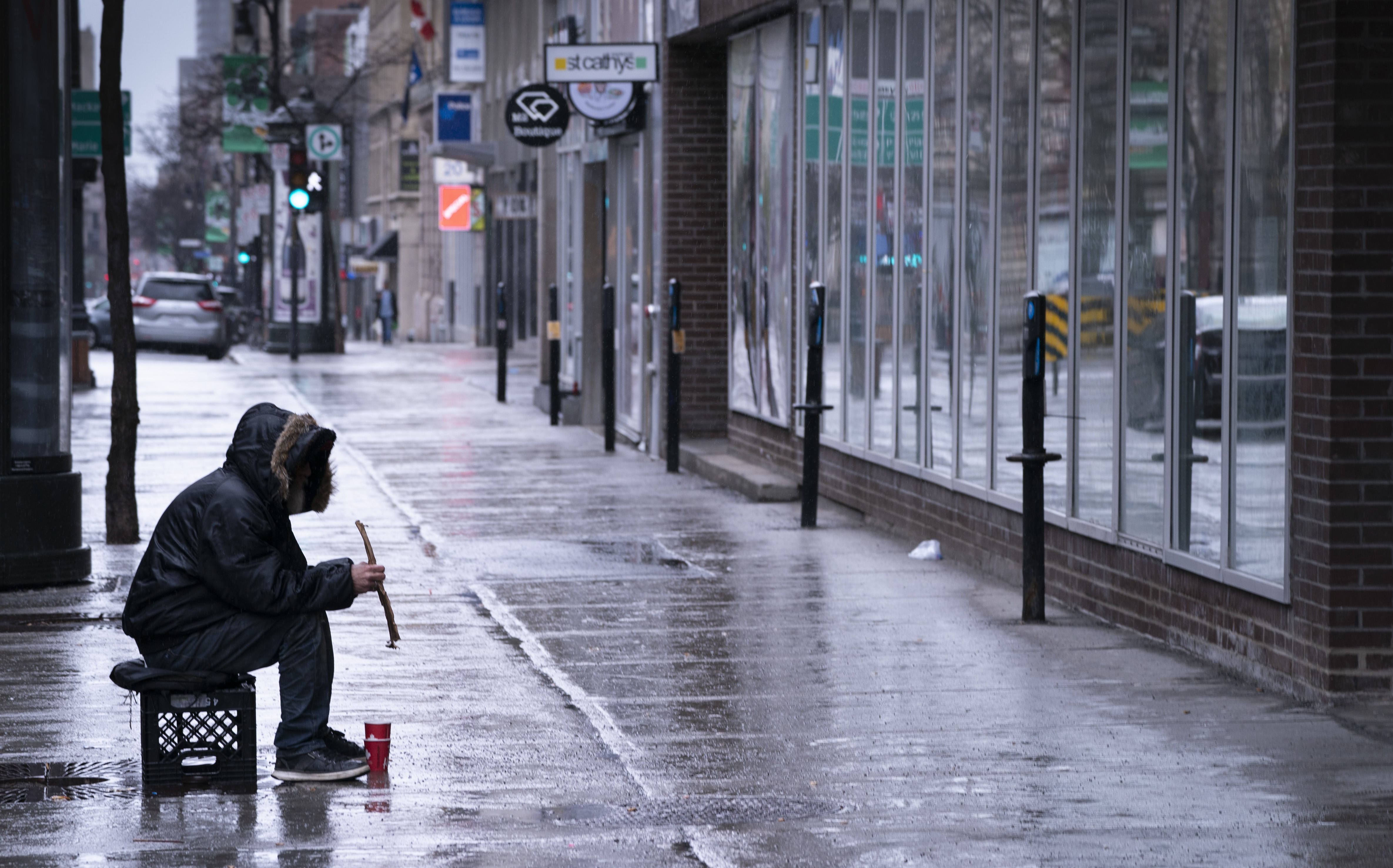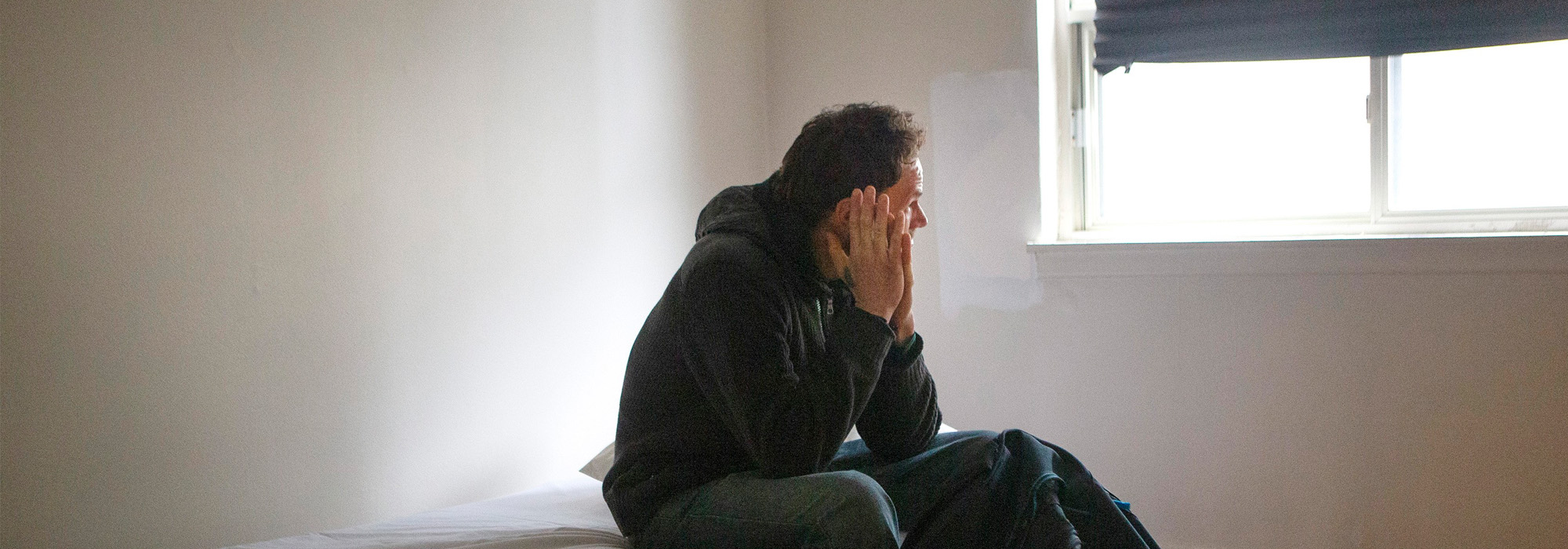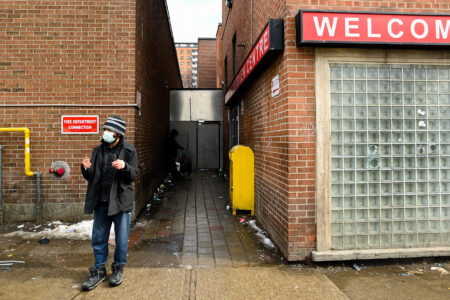
Let’s compare what care for homeless people normally looks like with what is happening now, in the COVID-19 crisis.
Here is a typical scenario in my work as a physician who provides palliative care for people who experience homelessness: a middle-aged woman with metastatic colon cancer – a terminal diagnosis – is sleeping on a different mat each night in shelters with numerous other people in the room. She also has a serious mental illness, and she wants a home so she can receive palliative care in peace.
Because her prognosis does not yet qualify her for a hospice, we would normally apply for “urgent” housing, which is often unavailable. Next, I would appeal to organizations that provide services to people who are homeless – hoping someone can help address her unique needs.
If luck is with us, someone will offer her an individual room. If it isn’t, then our team will do our best to care for her right where she is, even though that isn’t where she wants to be.
But now, virtually in the snap of a finger, things have changed, at least for some people. I had a client like this the other day. I was taking a deep breath and preparing to work the system on his behalf when I learned that he was being moved to a hotel room, with his own washroom. I couldn’t believe it.
The difference is COVID-19. As we strive to distance ourselves socially and save our society from the worst-case scenarios we are seeing elsewhere, some governments have recognized that homeless people have special needs. As they bunch together on street corners, in shelter dining areas and in dormitories, there has been a realization: even if all housed-Canadians shelter in place, those without a home could become sick and further spread the disease.
Around a quarter of a million people find themselves homeless in Canada each year. On a given night, perhaps 35,000 people are homeless, sleeping in shelters, refuges for victims of domestic violence or rough on the streets. Even more are couch-surfing with family or friends.
We have become accustomed to homelessness as a feature of city life. We shrug: “The poor will always be with us.” We forget that the current plague of homelessness is relatively new, the result of policy decisions governments have made over the last half-century.

A study called At Home, conducted in five cities across Canada over four years, came to the following conclusion: the key to addressing homelessness is to give homeless people a home. Simple, I know. But for decades we have been trying to deliver case management, mental health care, medical care and many other services to people on the street or in shelters. And it hasn’t been working.
It turns out that when somebody has a reliable roof over their head, it is a lot easier to deliver these services with success. In Medicine Hat, AB, officials have nearly eliminated chronic homelessness through this strategy. Nonetheless, it has never been scaled up across Canada.
I normally work with homeless people who are seriously ill or dying in downtown Toronto. Right now, I am also leading the nearby Region of Peel’s program to look after those without homes during the COVID-19 pandemic. It’s only been a few weeks, but I have witnessed an amazing capacity for all levels of government to work together with community advocates, agencies and health workers, when everybody wants to.
But in many cases, the solutions available to meet the needs of homeless people in this crisis are still inadequate. Arenas, recreation centres and exhibition spaces are being modified to make temporary mass dwellings, with shared living spaces and washrooms. These short-term measures to make self-isolation and recovery possible do not address gaps in the current shelter system. Some cities are offering a limited number of private hotel rooms.
These are all just emergency solutions. We need to offer affordable permanent housing. If my client has a home, she won’t be cleaning her ostomy bag on the floor. She will be in a safer space where she can access medical and mental health care and social support.
This is the care and compassion that people deserve across Canada.
So, my question is this. When we have come through this crisis, are we prepared to push people back out to where they were, on the streets and in shelters? Or are we ready to accept that we have the solution to homelessness in our hands? We just need the moral and political will to make it happen.
This article is part of the The Coronavirus Pandemic: Canada’s Response special feature.
Photo: Chris Bell, who has been on the streets for the past 24 years, sits on his bed in a temporary apartment he is housed in by the City of Toronto with the help of The Sanctuary, a respite centre he has been attending for the last 20 years, on April 30, 2020. THE CANADIAN PRESS/Chris Young









